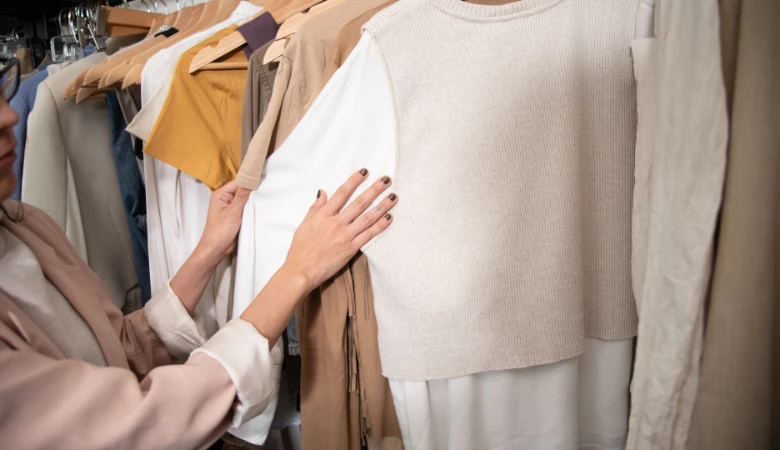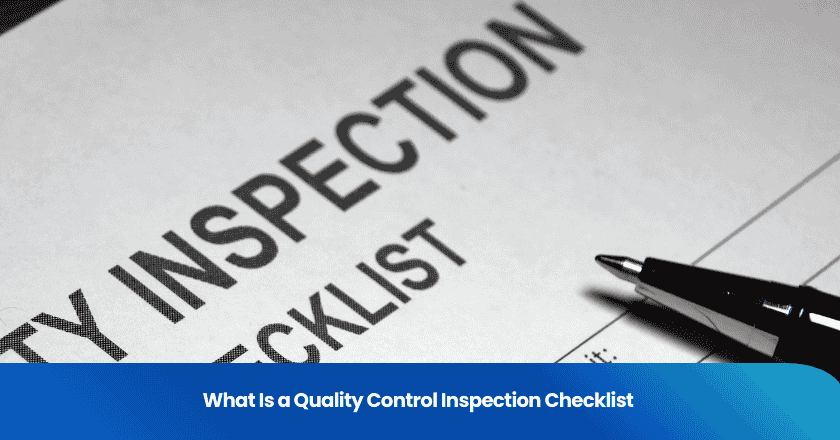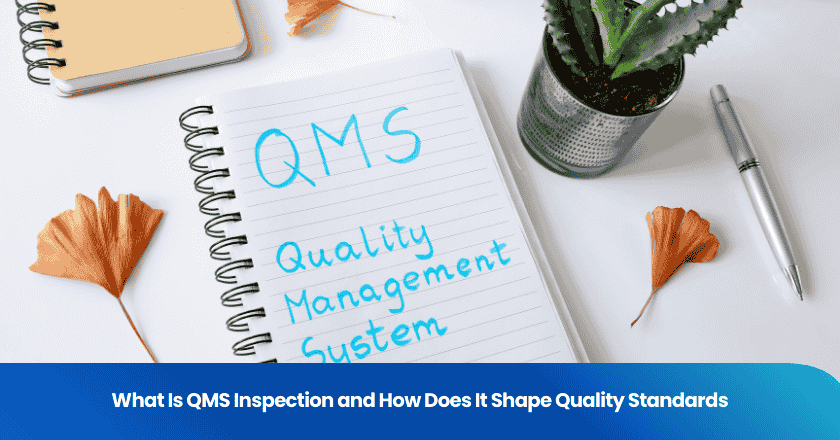
Quality checks are very important in apparel and garment quality control. They ensure every piece is strong, fits well, and looks good. A good quality control process keeps your brand trusted and customers happy. It also helps you follow rules and build trust. Checking clothes step by step finds problems early and saves time and money. By focusing on quality, you make clothes people like and grow your business.
Pre-Production Apparel and Garment Quality Control
Before making clothes, focus on pre-production quality checks. This step ensures your apparel meets high standards from the start. Let's look at the key parts of this phase.
Material Inspection and Fabric Testing
Checking materials is very important in garment quality control. Look for problems like rips or stains in the fabric. This step ensures the materials meet your quality needs. Test the fabric's strength to see if it lasts long. Make sure it can handle regular use without damage. Doing this protects your brand and avoids expensive mistakes later.
Sample Testing and Pattern Approval
Testing samples is a big part of making clothes. Create a sample to check the design and fit. This helps you find problems before making many pieces. Also, check the patterns to ensure they meet your standards. Patterns must be consistent for all garments. This step ensures your apparel fits well and looks good.
Supplier Evaluation and Certification
Picking the right suppliers is key to keeping quality high. Check if suppliers meet your standards. Review their quality control processes carefully. Also, confirm their certifications. Certified suppliers are more likely to provide good materials. Choosing trusted manufacturers protects your brand and ensures your apparel meets industry rules.
Tip: Talk to your suppliers often to stay updated on their processes and certifications.
By following these pre-production steps, you build a strong base for apparel quality control. This helps you make products customers love and trust your brand.
Quality Control During Production
In-Line Garment and Apparel Inspection
Check garments during production to find problems early. Start with initial checks to spot common issues. Inspect clothes at different stages of making them. Look for uneven stitching, loose threads, or wrong sizes. These checks ensure each piece meets your quality needs.
Use checklists to make inspections easier and faster. Focus on key areas like fabric alignment and design details. Regular checks during production prevent big mistakes. They also help keep the quality of your apparel consistent.
Stitching and Seam Quality Monitoring
Good stitching makes clothes strong and long-lasting. Weak seams can cause clothes to tear or fall apart. Watch the stitching process carefully to meet your standards. Check for skipped stitches, uneven tension, or broken threads.
Train workers to follow clear stitching rules. This ensures every garment is made correctly. Regular checks keep production quality high. It also stops complaints about poorly made apparel.
Fabric Consistency and Defect Detection
Fabric must be consistent to make great clothes. During checks, look for problems like color changes, holes, or rough textures. These issues can ruin how your clothes look and feel.
Use fabric inspection machines to find hidden flaws. These tools catch problems you might miss by eye. Work with manufacturers to fix fabric issues quickly. Keeping fabric consistent makes your apparel look professional and meet customer expectations.
Tip: Write down what you find during inspections. This helps you track problems and improve your process.
Post-Production Garment Quality Control
Post-production checks make sure clothes meet top standards. This step includes final inspections, packaging, and rule checks. It helps keep your brand trusted and customers happy.
Final Product Inspection and Approval
Final checks confirm your apparel is high quality. Look closely at each piece for problems. Check for loose threads, bad stitching, or wrong sizes. Use a checklist to make inspections simple and consistent.
Inspect random samples from the batch to spot repeated issues. This step ensures the whole batch meets your standards. Check fabric feel, color matching, and design accuracy. Only approve clothes that pass all checks to keep your brand reliable.
Tip: Write down inspection results to find patterns and improve future checks.
Packaging and Labeling Quality Checks
Good packaging keeps clothes safe and looks professional. Check boxes and wrapping for damage or missing parts. Make sure packaging fits your apparel well.
Labels are very important too. Check that every label has correct details like size and care tips. Missing or wrong labels can upset customers and cause problems. Use a checklist to ensure packaging and labels are correct.
Note: Neat packaging and clear labels show your brand cares about quality.
Compliance Verification and Certification
Compliance checks make sure clothes follow rules and laws. Review certifications to confirm they meet safety and legal standards. Check fabric, fire safety, and environmental rules.
Inspect random samples to confirm the batch follows all rules. Fix any problems with manufacturers to avoid risks. Following rules builds trust and keeps your apparel high quality.
Reminder: Learn about new rules to avoid fines and meet market needs.
Post-production checks prepare clothes for sale. These steps protect your brand and give customers products they trust.
Standard Testing Methods for Apparel and Garments
Shrinkage and Dimensional Stability Tests
Shrinkage tests check if clothes keep their size after washing. Wash garments in controlled settings and measure any size changes. This helps find fabrics that shrink or stretch too much. Such issues can affect how clothes fit and make customers unhappy. Test several pieces from a batch to ensure consistency. If results are steady, your garments meet quality standards. These tests protect your brand and lower the chance of returns.
Tip: Keep records of shrinkage tests to monitor fabric over time.
Colorfastness and Dye Quality Assessments
Colorfastness tests check if colors fade or bleed over time. Simulate real-life conditions like washing or sunlight exposure. Watch for any color changes during these tests. Dye quality checks ensure colors stay bright and even on all garments. These steps prevent problems like fading or uneven colors, which upset customers. Regular checks keep your production quality high and meet customer needs.
Note: Use standard testing methods to get reliable results every time.
Durability and Wear Resistance Testing
Durability tests show how well clothes handle daily wear and tear. Use special tools to mimic stretching, tearing, or rubbing. This ensures garments meet your quality expectations. Wear resistance tests find weak spots in fabric or stitching. Fixing these problems early makes clothes last longer. This builds customer trust in your brand. Fit and function tests also check if clothes work well during normal use.
Reminder: Test clothes in real-life conditions for accurate results.
Tools and Technologies for Garment Quality Control
Automated Inspection Systems
Automated systems find garment defects fast and accurately. They use cameras and sensors to spot stitching errors, tears, or color issues. Automating inspections saves time and reduces mistakes. These tools check large batches quickly, keeping quality consistent.
Add automated systems to your production process to catch problems early. This keeps standards high and protects your brand's image. They are great for big operations where manual checks are hard to do.
Quality Management Software Solutions
Quality software helps track and manage quality control easily. It records inspection results, finds trends, and spots repeated problems. You can make checklists to ensure every inspection step is done.
This software keeps everything organized in one place. Store supplier, material, and batch data for easy reviews. It improves processes and ensures your apparel meets customer needs.
Handheld Testing Devices
Handheld devices check garments quickly and on the spot. They measure fabric thickness, color, and seam strength. These tools are simple to use and give instant results.
Inspect garments during production without slowing work. This keeps quality steady and fixes problems fast. Handheld tools are perfect for small operations or checking specific garment parts.
Tip: Teach your team to use handheld tools well for better results.
TradeAider: A Leading Force in Quality Control
As a reputable and trustful inspection and QA service provider, TradeAider is driven by visionary goals and missions.Their core strengths include the founder's dedication and extensive experience in global trade and manufacturing, as well as their vast network of over 80,000 quality control specialists worldwide. Throughout the entire production cycle, they are supported by the innovative TradeAider App, which ensures successful quality assurance for any service orders placed by their clients. They take pride in being part of Amazon's Service Provider Network (SPN) for quality control, alongside other industry leaders.
What Sets TradeAider Apart
TradeAider distinguishes itself from traditional inspection firms in several key ways. We offer more than just lower costs; our efficiency and transparency are unparalleled. Leveraging digital tools, we provide our esteemed clients with the ability to effortlessly monitor the full inspection process in real-time via the TradeAider Web App. Additionally, we offer a Free Sticker-Attaching Service to ensure that our clients receive only quality-compliant products. To further build trust, we have a safeguard in place along with a reliable "refund commitment" that instills confidence from the very start.
Good garment quality control starts before making clothes.
Good garment quality control starts before making clothes. It continues during production and ends with final checks. Each step makes sure your clothes are good quality and make customers happy. Following a clear process improves your products and keeps your brand strong.
Using these steps helps you find and fix problems early. This saves time and money. By checking carefully and keeping high standards, you earn trust and make clothes people love. Begin improving your methods now to always make great products.
FAQ
What does apparel quality control do?
Apparel quality control checks if clothes meet high standards. It finds problems, keeps products consistent, and ensures they are reliable. This process helps protect your brand and keeps customers happy.
How many times should you check clothes during production?
Check clothes at different steps while making them. Regular checks catch problems early. This keeps quality steady and avoids expensive mistakes.
What tools make garment checks better?
Machines, handheld tools, and software help inspect clothes faster. These tools find problems quickly and keep quality high.
Why test fabric before making clothes?
Fabric tests check if the material is strong and fits well. They also check shrinkage and color fading. This step stops future problems and ensures clothes last.
How do you follow industry rules?
Check certifications and test random samples to meet rules. Stay updated on new laws to keep clothes safe and legal.
Grow your business with TradeAider Service
Click the button below to directly enter the TradeAider Service System. The simple steps from booking and payment to receiving reports are easy to operate.



